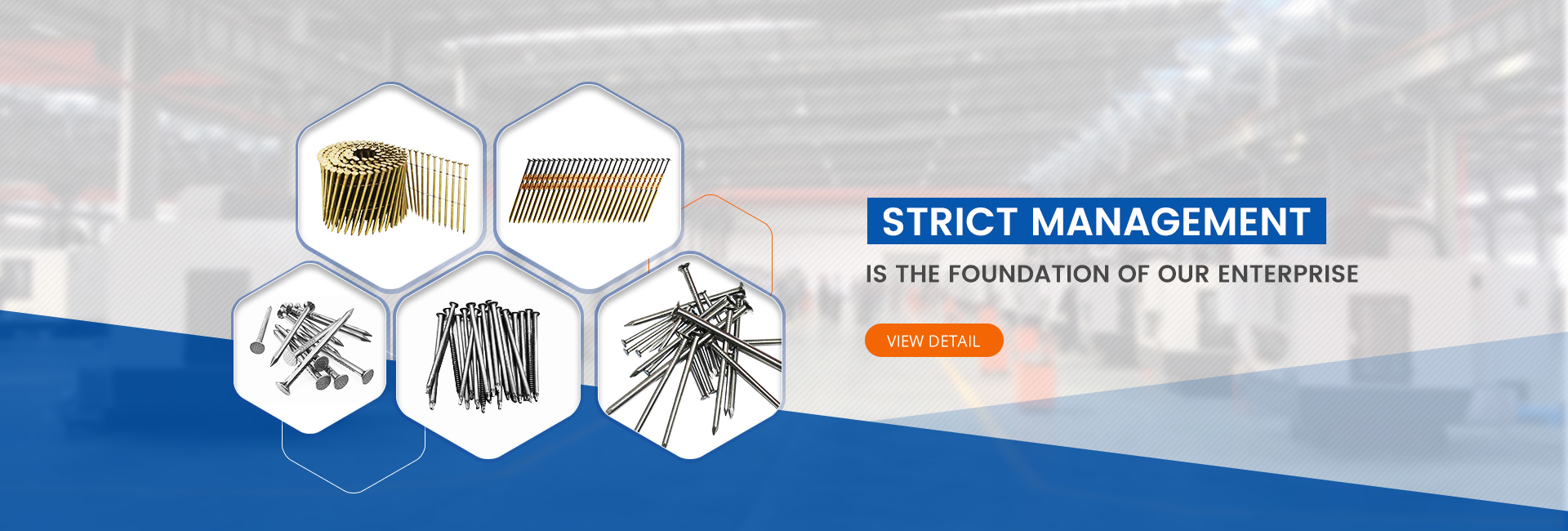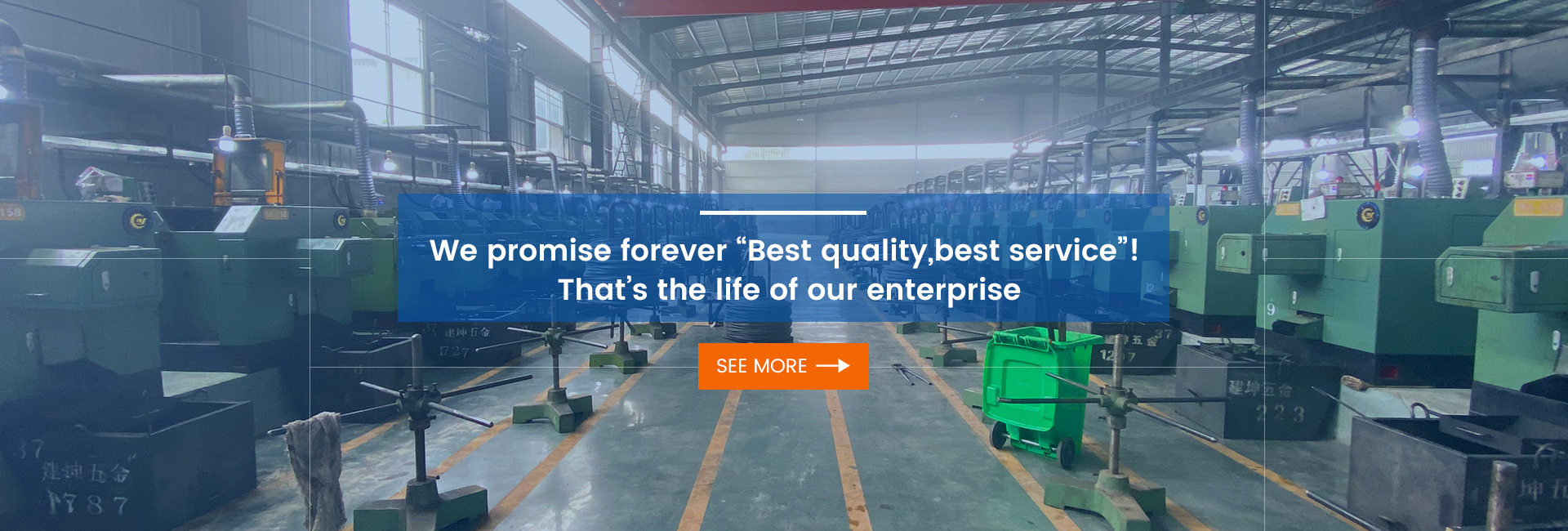Coil nails, as indispensable fasteners in modern construction and manufacturing industries, are widely used in carpentry, furniture production, packaging, container assembly, roofing, and even heavy industrial installations. Their development has significantly improved nailing efficiency and propelled the rise of automated tools, making them a cornerstone in efficient construction and production.
1. Structure and Features
Coil nails are a series of nails arranged at set intervals and connected using wires or plastic strips to form a roll. Depending on the materials and binding methods, they can be categorized into welded coil nails and paper-collated nails. Their design makes them ideal for use with nail guns, enabling high-speed, high-frequency operations.
Compared to traditional loose nails, coil nails offer:
-
Higher efficiency: One coil may contain 100–300 nails, reducing reload frequency.
-
Better portability and storage: Coiled design saves space and is convenient for transport and on-site use.
-
Enhanced stability: They maintain a straight trajectory when shot into materials, ensuring firm fixation.
2. From Manual to Intelligent: A Timeline of Technological Evolution
With the rise of industrial automation, coil nail technology has undergone several revolutions. From manual hammering to pneumatic nail guns, and now to automated nailing systems with integrated smart recognition modules, coil nails are no longer simple hardware—they are an “efficiency node” in entire production processes.
Recent advancements include laser welding, surface treatments, and protective coatings that enhance corrosion resistance and fatigue strength. For example, galvanized or epoxy-coated nails are commonly used for outdoor wood structures to ensure longevity.
3. Future Role in Green and Modular Construction
As “green building” and “prefabricated construction” become dominant trends in the construction sector, coil nails are also evolving. Unlike traditional wet construction, modular building emphasizes pre-fabrication and rapid on-site assembly, demanding higher performance from fasteners in terms of strength, speed, and environmental friendliness.
Coil nails, with their efficiency and low waste profile, are becoming key connectors in modular systems. As demand for timber-frame homes grows in Europe, Southeast Asia, and North America, global demand for coil nails continues to rise.
4. Outlook
The future of coil nails is expected to focus on:
-
Smart manufacturing: AI-based path optimization and error detection during nailing.
-
Eco-friendly innovation: Biodegradable materials and low-carbon metal alternatives.
-
Advanced functionality: Development of anti-seismic, fire-resistant coil nails.
In conclusion, the evolution of coil nails represents not just the journey of a fastener, but also the broader transition of industry toward smarter, cleaner, and more efficient manufacturing.
Post time: Jul-21-2025



